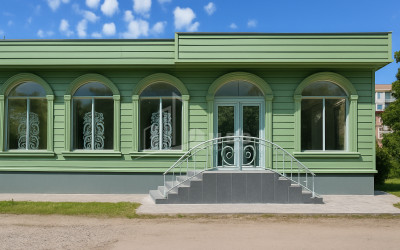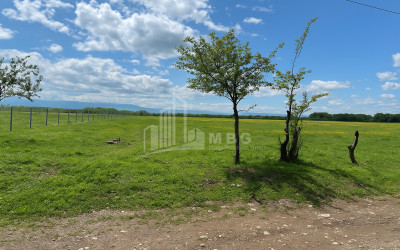Georgian gastronomy - Imereti | ქართული გასტრონომია - იმერეთი
Imereti - one of the historical-geographical regions of western Georgia, now part of the Imereti region. In a broad sense, it is the historical name of western Georgia, as well as old Kolkheti, Egrisi, Abkhazia.
- Imereti itself is bordered by the Likha ridge to the east, Tskhenistskali to the west, the Caucasus ridge to the north, and the Fersati, or Meskheti, mountains to the south. The name is related to the location of this region, Imereti, or Likhsik region.
- Imereti is divided into two parts: Upper and Lower Imereti. Archaeological monuments discovered on the territory of Imereti confirm that people started living in this region in the Lower Paleolithic era. Among them are Sakaji and Chakhati (on the bank of the river Tskaltsitela), Deviskhvreli (on the bank of the river Chkherimela), Sataplia area and others. Archaeological monuments of the ancient period of urban life have been found in Kutaisi, Vani, Vartsikhe (Rhodopolis), Shorapani and others. Due to the favorable geographical location of the region, these cities have always been of great strategic, economic and political importance.
Nature
- Md. Tskaltsitela in Tskaltubo district
- Imereti region is rich in flora and fauna. Its territory is covered by 250,000 hectares of forest, which is mainly spread over the mountainous landscape. The maximum altitude is 2850 meters above sea level. Along with deciduous forests, there are coniferous and mixed forests, representatives of the fauna characteristic of the Caucasus - Caucasian bear, woodpecker, deer, roe deer, fox, wolf and tortoise, the bird world is widely represented. Ecologically clean and untouched nature is still preserved, especially in mountainous regions. Such zones include Sataplia, Ajameti, Mukhnari, Vani, Chiatura, Baghdati and especially Borjomi-Kharagauli National Park, which covers an area of 24,000 hectares. Tourism and recreation zones include the Tkibuli, Shaori and Rionhes reservoirs. Apart from the big lakes, there are many small natural lakes in Imereti at an altitude of 1000 and 1500 meters above sea level.
Prominent Imerelis
- Literature: Akaki Tsereteli, Giorgi Tsereteli (writer), Giorgi Tsereteli (poet), Grigol Abashidze, Irakli Abashidze, Grigol Robakidze, Lado Asatiani, Revaz Gabriadze, Valerian Gaprindashvili, Paolo Iashvili, Otia Ioseliani, Davit Mukhtiavani, Niko Kldiashvili, Niko Kldiashvili Titian Tabidze, Galaktion Tabidze, Korneli Kekelidze
- State / Public Figures :, Niko Nikoladze, Dimitri Uznadze
- Art: Lado Alexi-Meskhishvili, Kote Marjanishvili, Zakaria Paliashvili, Tengiz Abuladze, Sergo Amaglobeli, Vasil Amashukeli, Dodo Antadze, Veriko Anjaparidze, Meliton Balanchivadze, Kita Buachidze, Dodo Chichinadze, Davit Kakabanadze, Akaki Chakabadze, Akaki
- Medicine: Giorgi Abashidze, Giorgi Adamia, Akaki Kvantaliani, Alexander Tsulukidze
- Science: Simon Avaliani, Vukol Beridze, Andria Bitsadze, Korneli Kekelidze, Shalva Nutsubidze, Akaki Shanidze
- Military figures: Noe Adamia, Shalva Maghlakelidze
- Sports: Maia Chiburdanidze, Zurab Sakandelidze, Nana Dzagnidze
- Anarchists / Revolutionaries: Alexander Tsulukidze, Sergo Orjonikidze.
Winemaking
- Imereti is one of the most diverse parts of Georgian wine, with very different climatic conditions and soil composition, so the wines are different everywhere. Common varieties in Imereti are: Tsolikouri, Tsitska, Krakhuna, Kvishkhuri, Dzelshavi, Aladasturi, Dondghlabi, Bazaleturi, Kundza, Otskhanuri Sapere, Argvetuli Sapere, Rko, Adanasuri, Bzvanura, Shavi Dondghlabi, Vani Chkhaveratghi, etc.
- It is connected with a pitcher, which is called Chur in Imereti. Unlike traditional Kakhetian wine, only a small part of chacha is added to the sweet. After fermentation, the wine is left in the jar for about 2 months, then it is removed from the durdo, transferred to barrels and processed. Imereti type wine is beautiful yellow color, full, meaningful, quite harmonious and cheerful. Imereti is famous for Sviruli Krakhunati, Obchuri Tsolikouri and quality Tsitskati.
economic
- Corn fields in Sachkhere district
- Agriculture
- Agriculture is one of the important fields of the region. The main vegetable products are corn, grapes and vegetables. In particular, herbs - fennel, coriander, parsley, green onions and sesame throughout the season, as well as spices. Raw material base - Tskaltubo district, where it is possible to smoke 3 thousand tons of fennel, 500 tons. Coriander, 1500 t. Parsley, 250 t. Pepper, as well as saffron, dill, and savory within 20 tons. [4] Work is underway to build a spice maker. Garden - cucumbers, tomatoes, asparagus, lentils (Tskaltubo, Vani, Baghdati municipalities); Fruits - apples, pears, plums, tkemali, persimmons, fennel (Vani, Terjola, Samtredia municipalities); Honey (Baghdati, Kharagauli, Tskaltubo, Terjola). The main zones of Mechaieoba are: Tskaltubo, Tkibuli and Khoni.
- There are about 100 large farms in Imereti, which are mainly engaged in livestock, viticulture, pig farming, poultry, fruit growing, beekeeping, and greenery.
Mineral resources
- Chiatura Manganese Ore Station
- The region is significantly distinguished by the diversity of mineral resources on the territory of Georgia. Currently, there are more than 100 mineral-mineral resources in Imereti, more than half of which are for export. The main mineral wealth is Chiatura manganese, with balanced and off-balance reserves of 215 million tons of all types of ore (rusty, carbonate, oxidized, mixed, sandstones). The existence of still unprocessed manganese reserves is probable in Kvirili and Zestaponi districts, Chkhari-Ajameti, Kutaisi and Terjola areas. Significant mineral resources of the region are Tkibuli and Gelati coal, barite, liatonite, building materials, clay reserves. Kutaisi area is rich in bentonite clays (gumbrini), marble, eclair limestone, course teshenite, basalt deposits.
- The soils of the side districts are varied. Their geological structure, relief, climate and vegetation determine the nature of the soil. It has predominant distribution: alluvial, subtropical yellow soil, red soil, humus-carbonate and coral soils. In the highland areas, light brown forest soils are also found. Yellow soil and a thin layer of red soil. Both are used to grow tea and other subtropical crops.
Recreational resources
Borjomi-Kharagauli National Park
- Imereti occupies a leading place in the recreational system, in the form of unique natural and hydromineral resources, mineral waters. Tskaltubo, Sairme in Baghdati municipality, Nunis in Kharagauli, Sulori Vani, as well as various mineral springs in Sachkhere are separated from the healing waters. There is a large supply of thermal waters.
- Mountain and forest massifs cover an area of 250,000 hectares. Recreational resources are mountain infantry, mountain horseback riding, speleo tourism, rafting on the river Rio. One of the main destinations of Imereti tourism products are resorts and health zones. The landscape of the region, the healing mineral waters make the balneological resorts attractive for the tourists. At present, there are 53 resorts and recreation bases in Imereti, including Tskaltubo, Sairme, Nunisi, Simoneti, Sulori, Satsire, Chituri Khreiti, Samtredia, Zvare, Amagleba. Especially noteworthy is the Sataplia Nature Reserve in the Tskaltubo area (345 ha), with a karst cave and dinosaur footprints.

 ka
ka
 en
en
 ru
ru




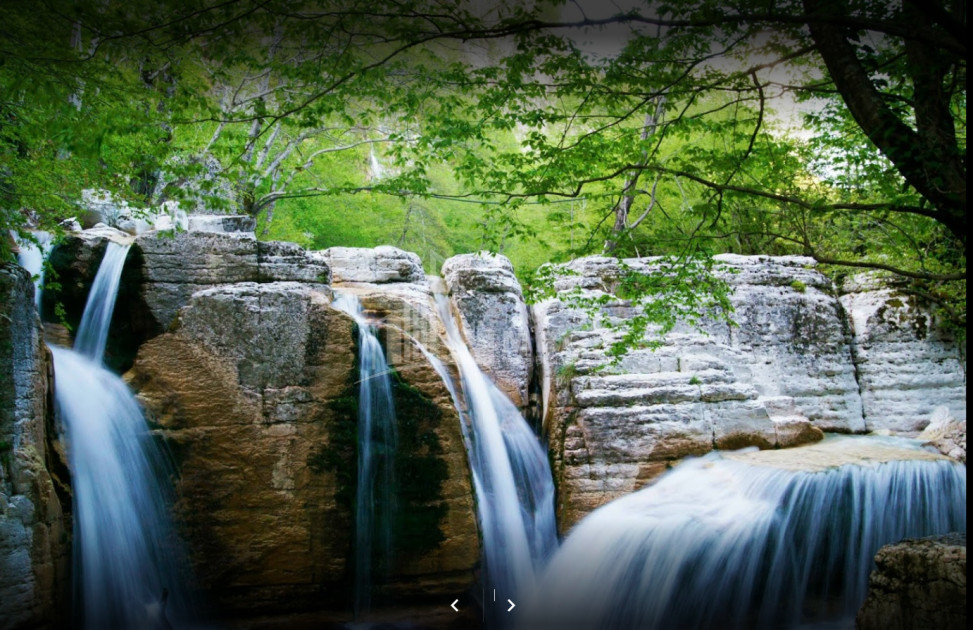
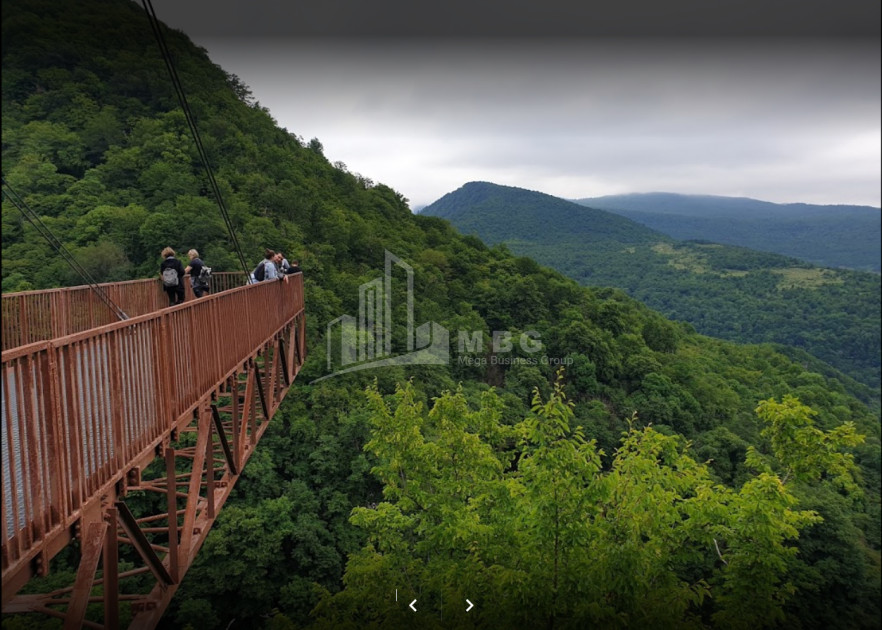
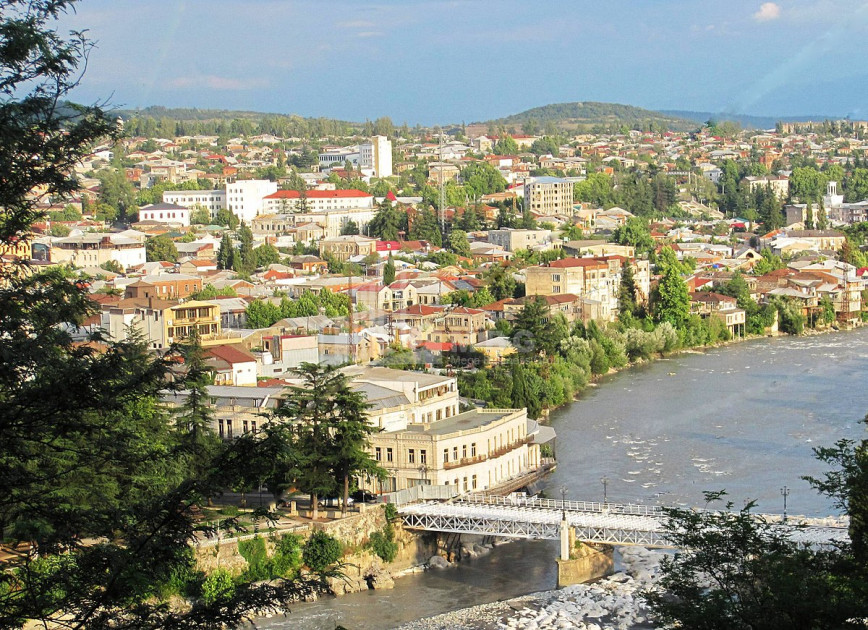
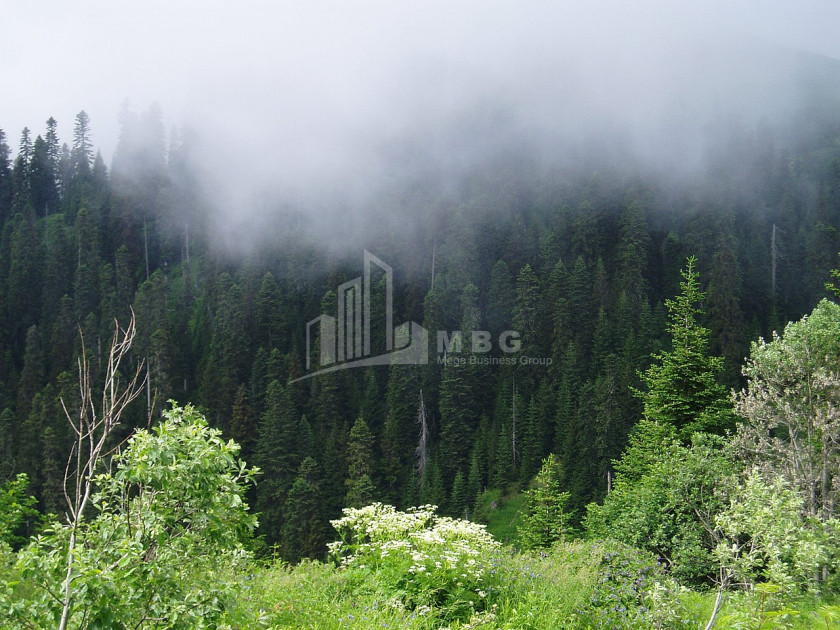
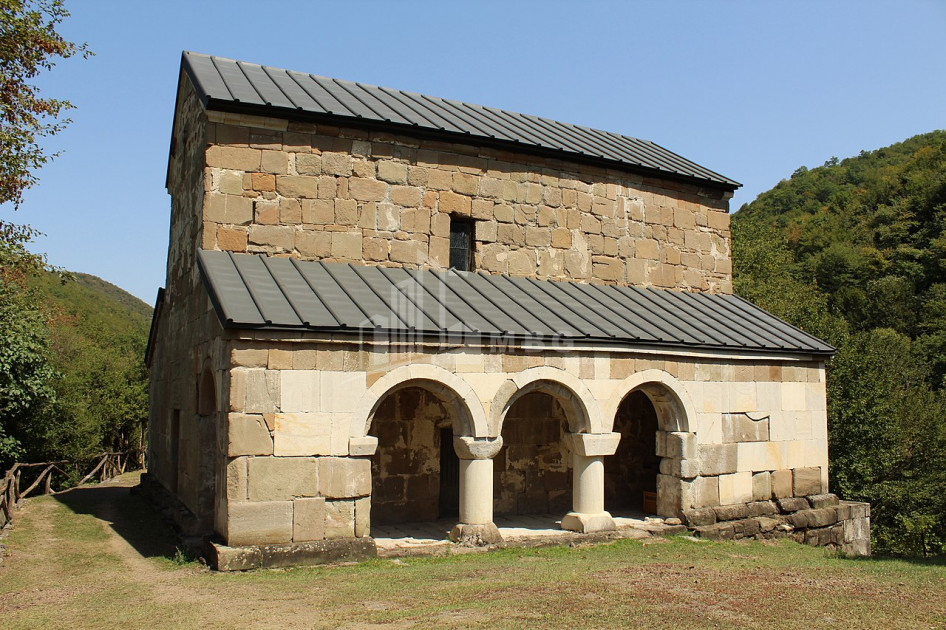
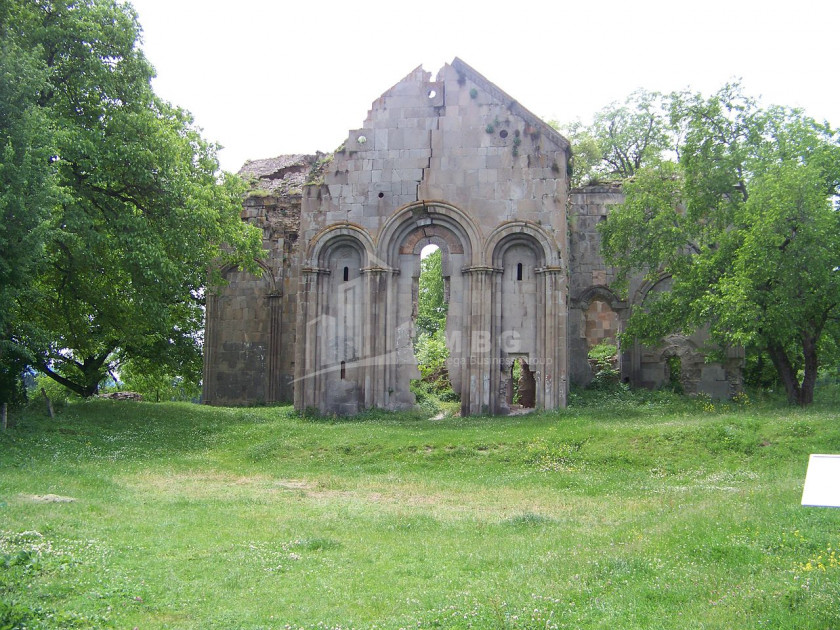
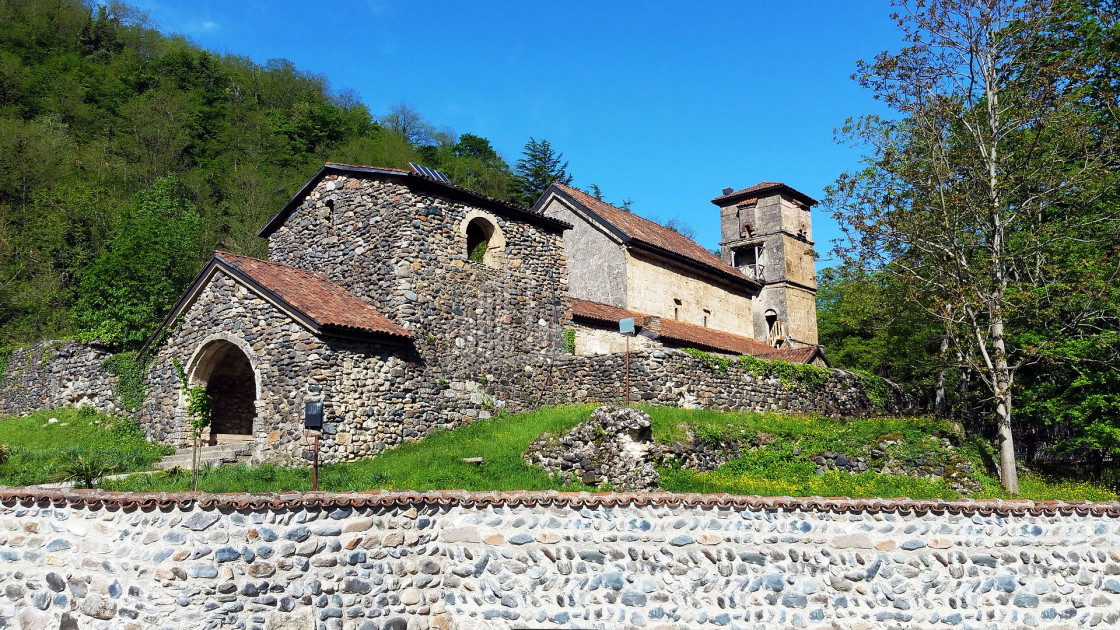
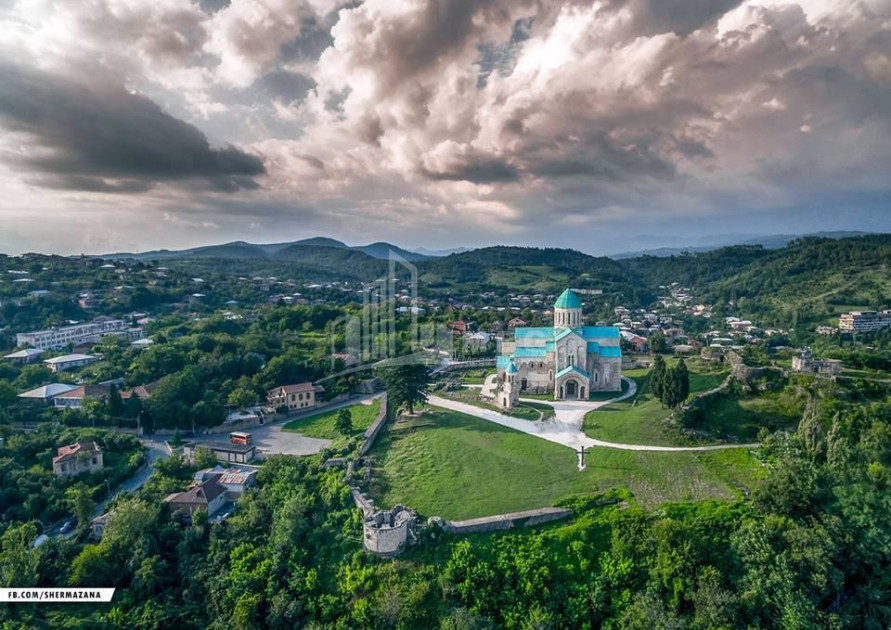
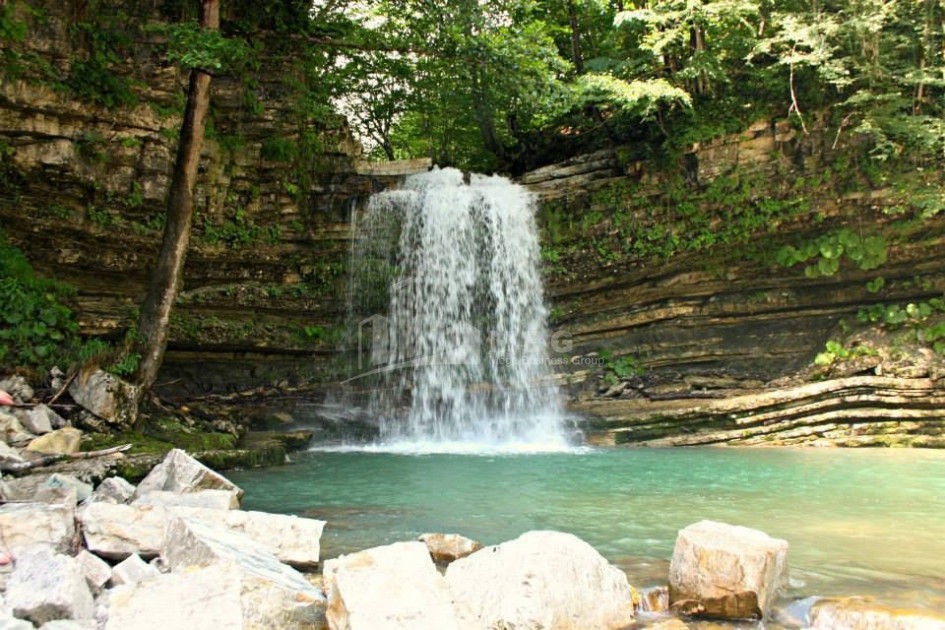
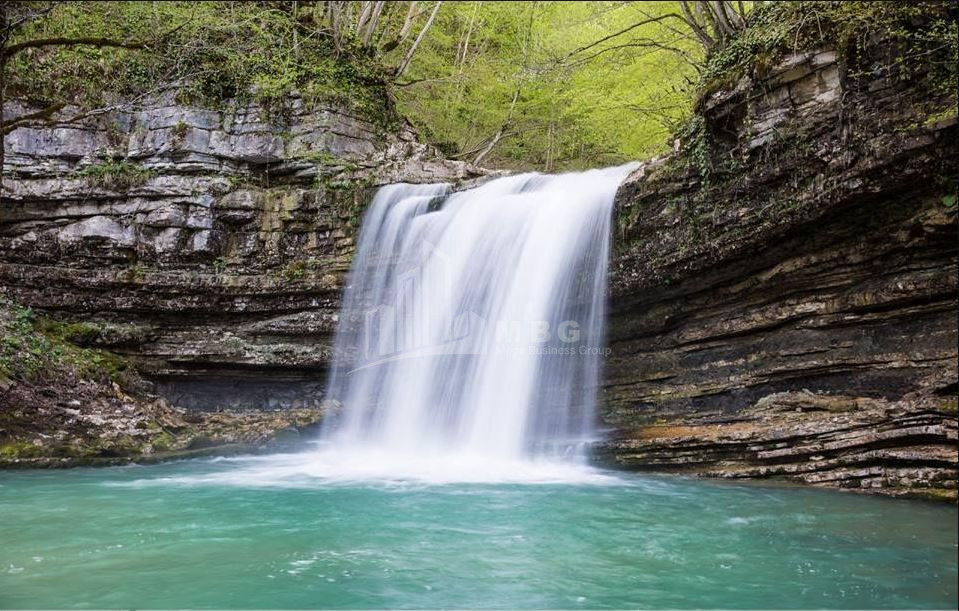
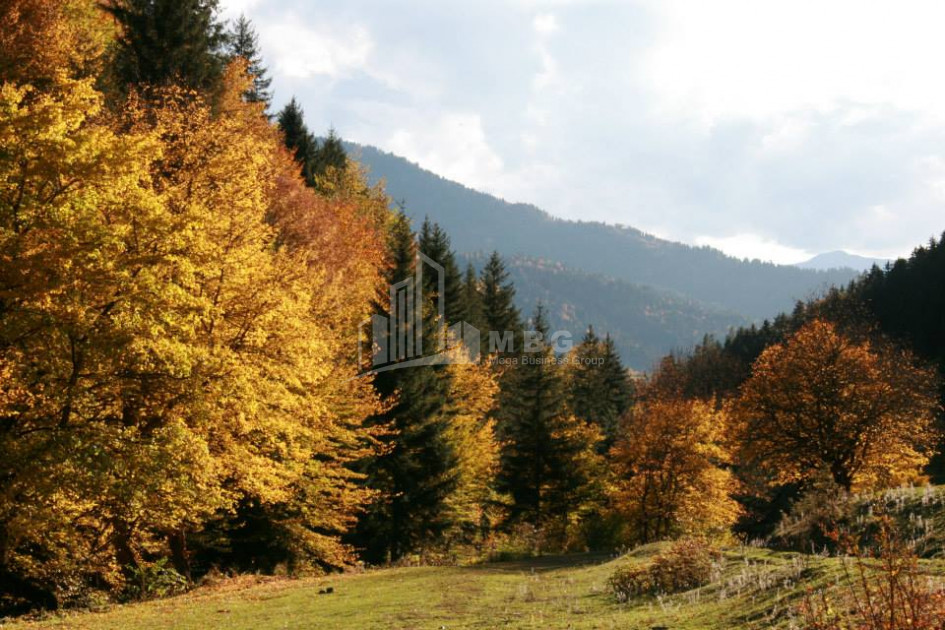
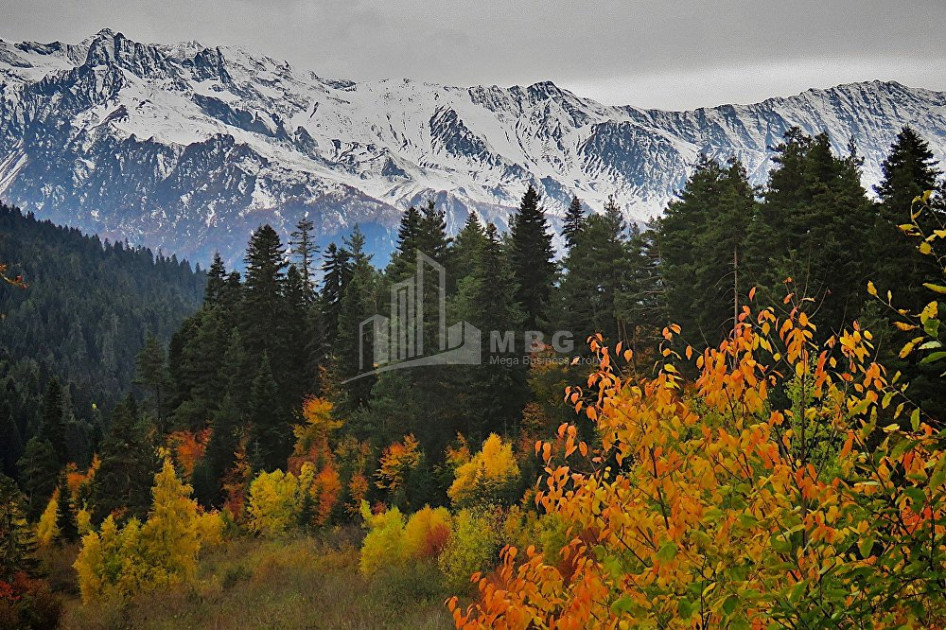
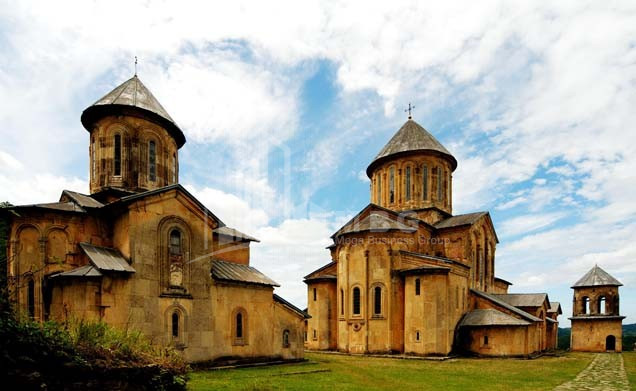
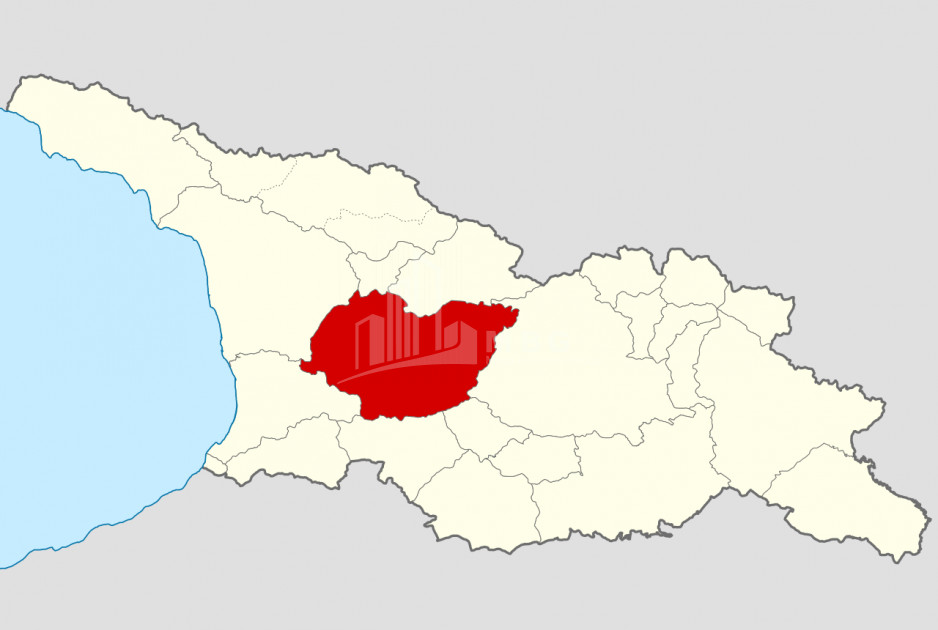
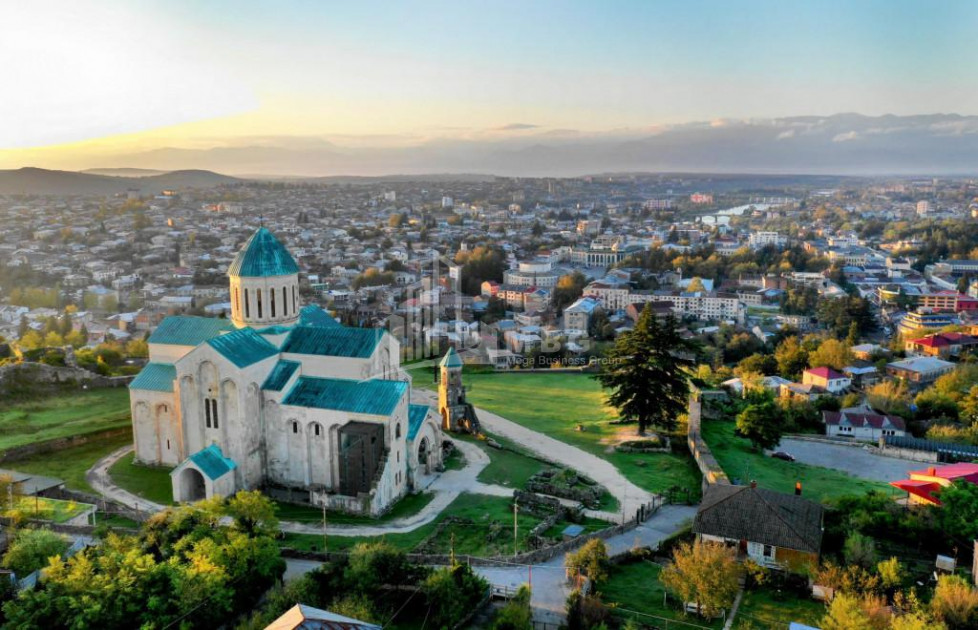
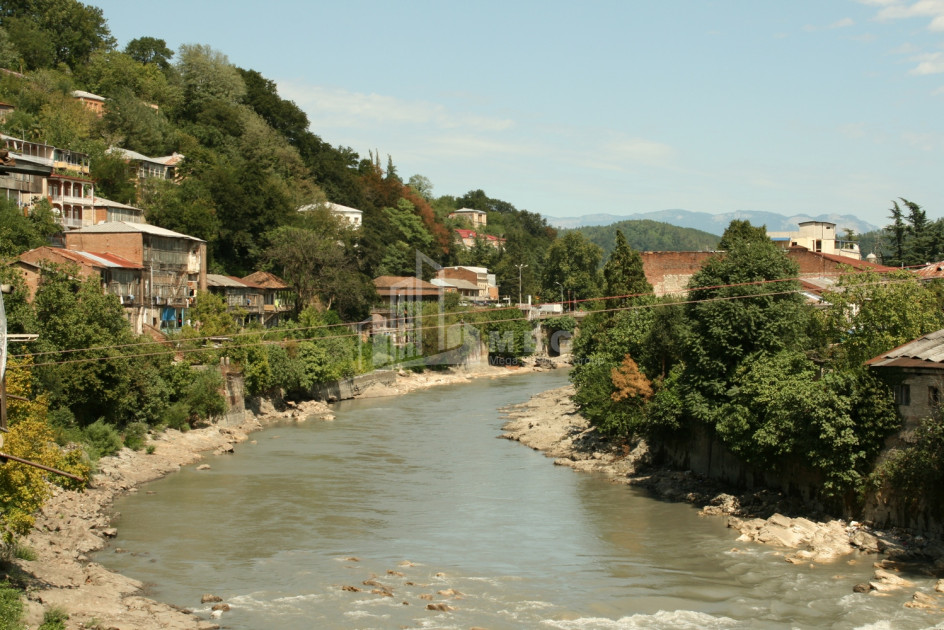
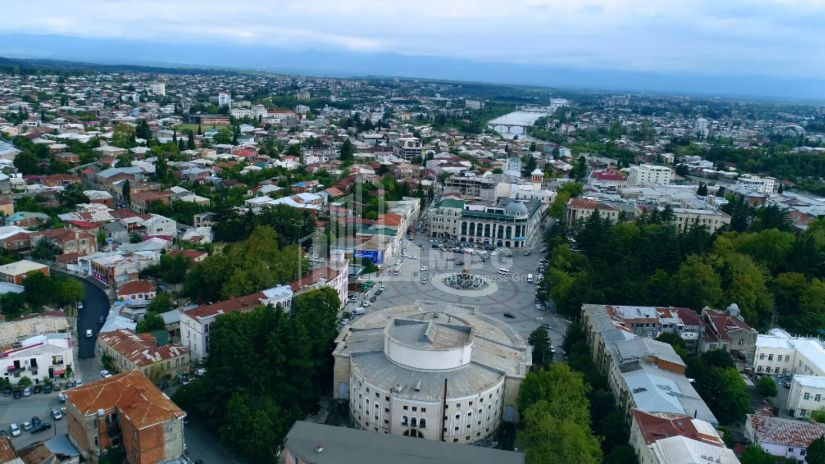
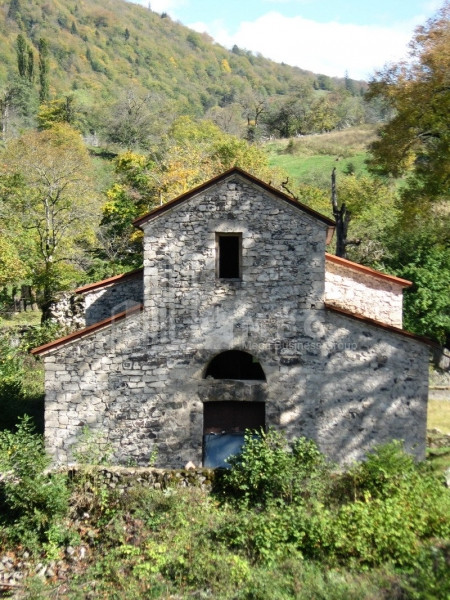
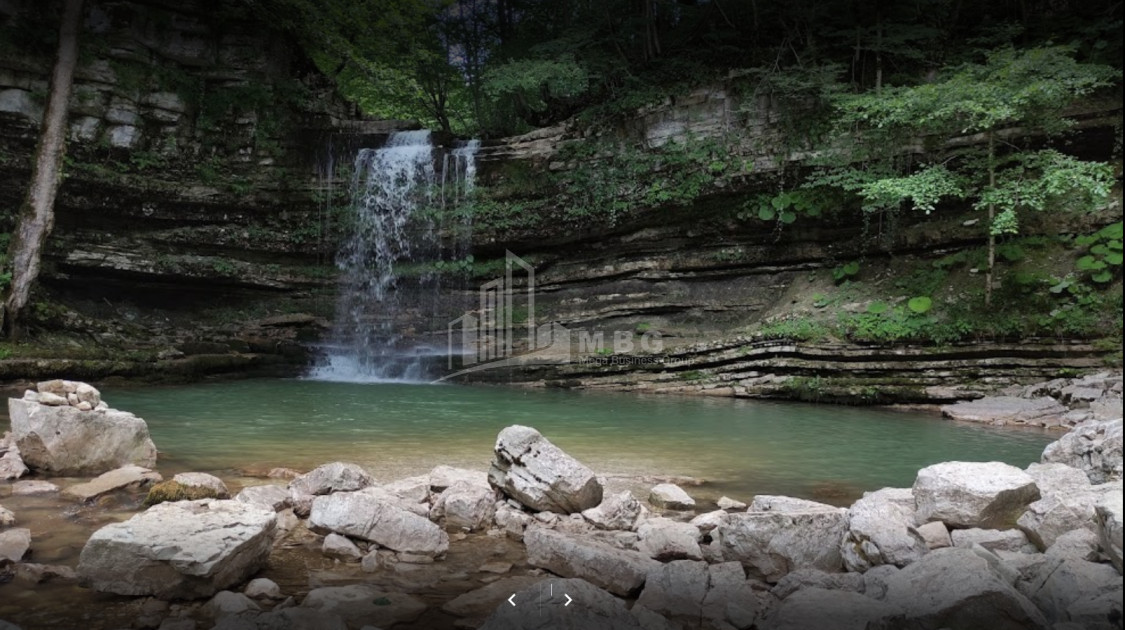
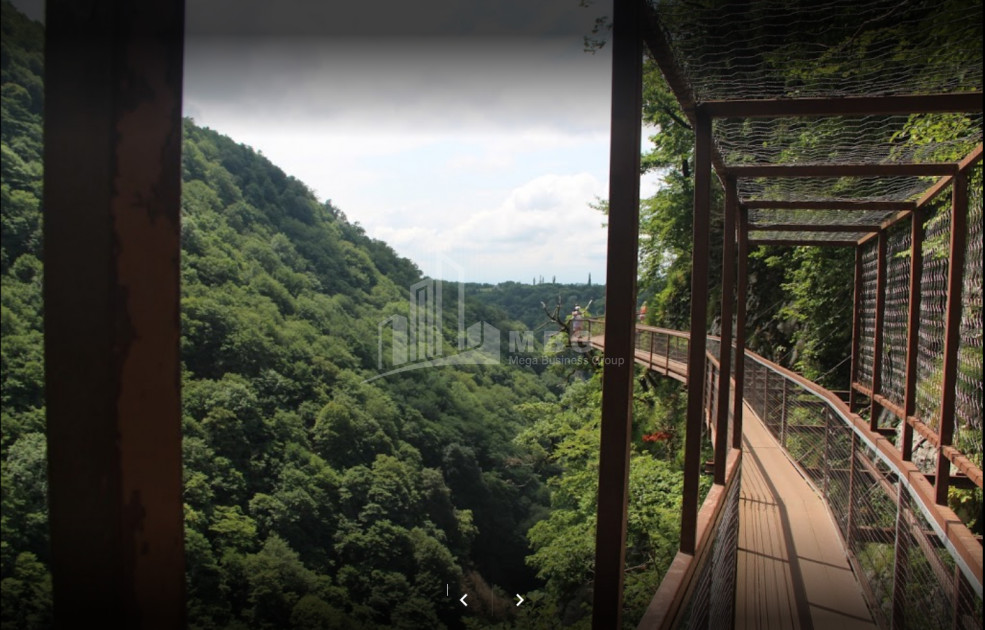
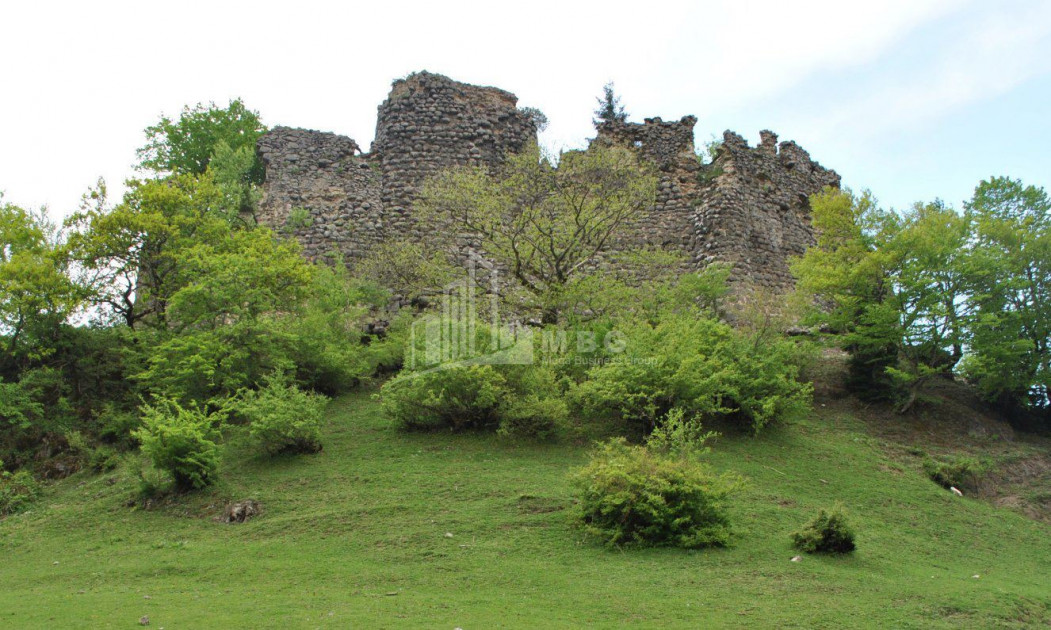
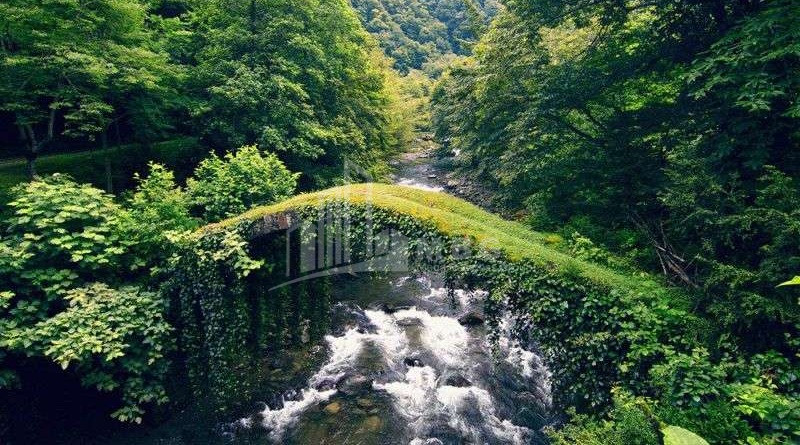
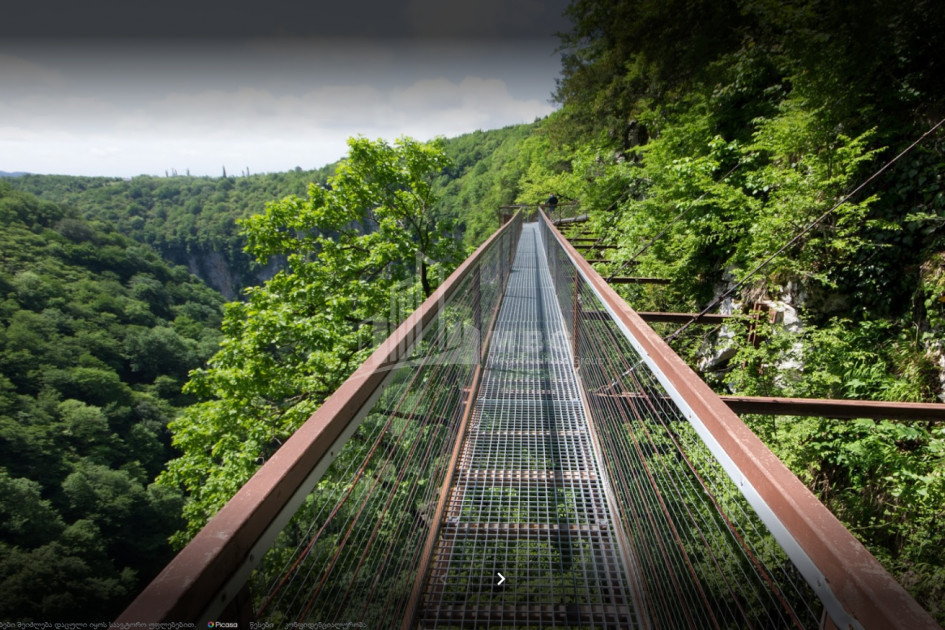
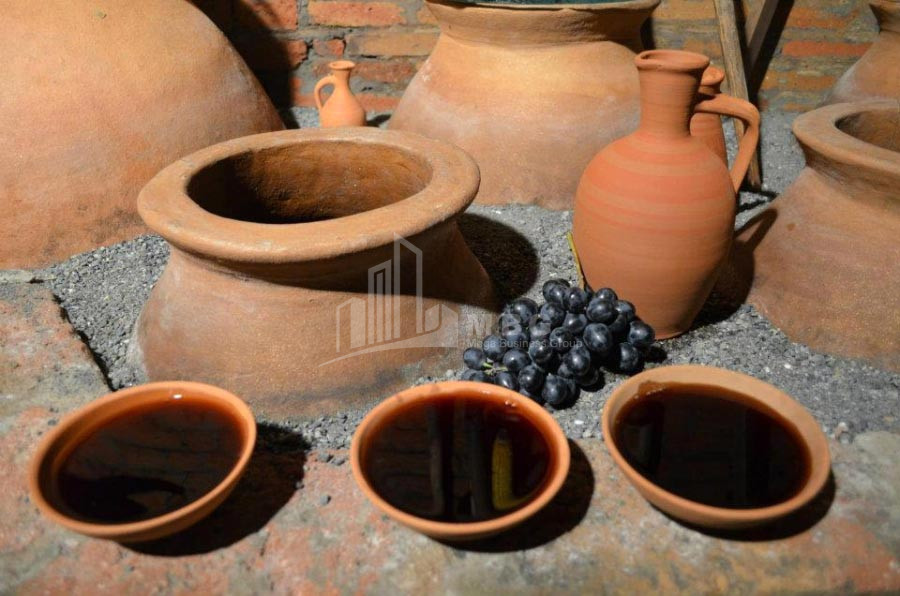
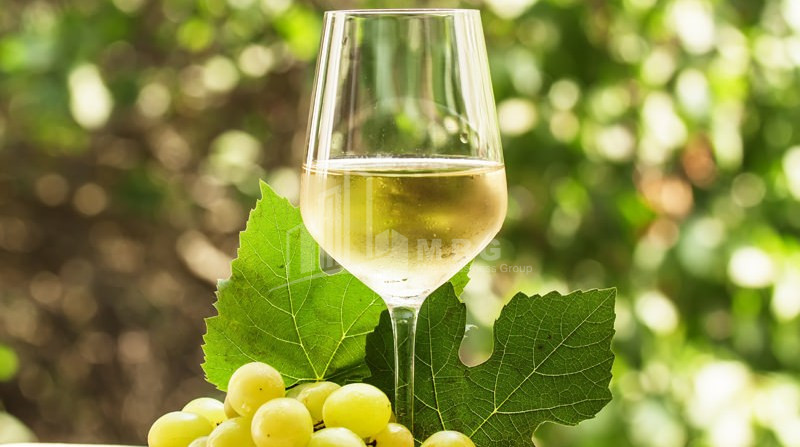


























 34078
34078







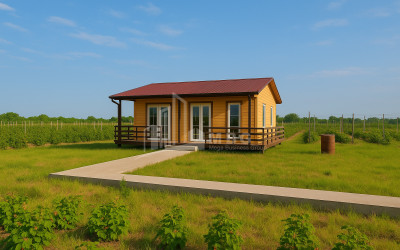
 Vartsikhe
Vartsikhe
